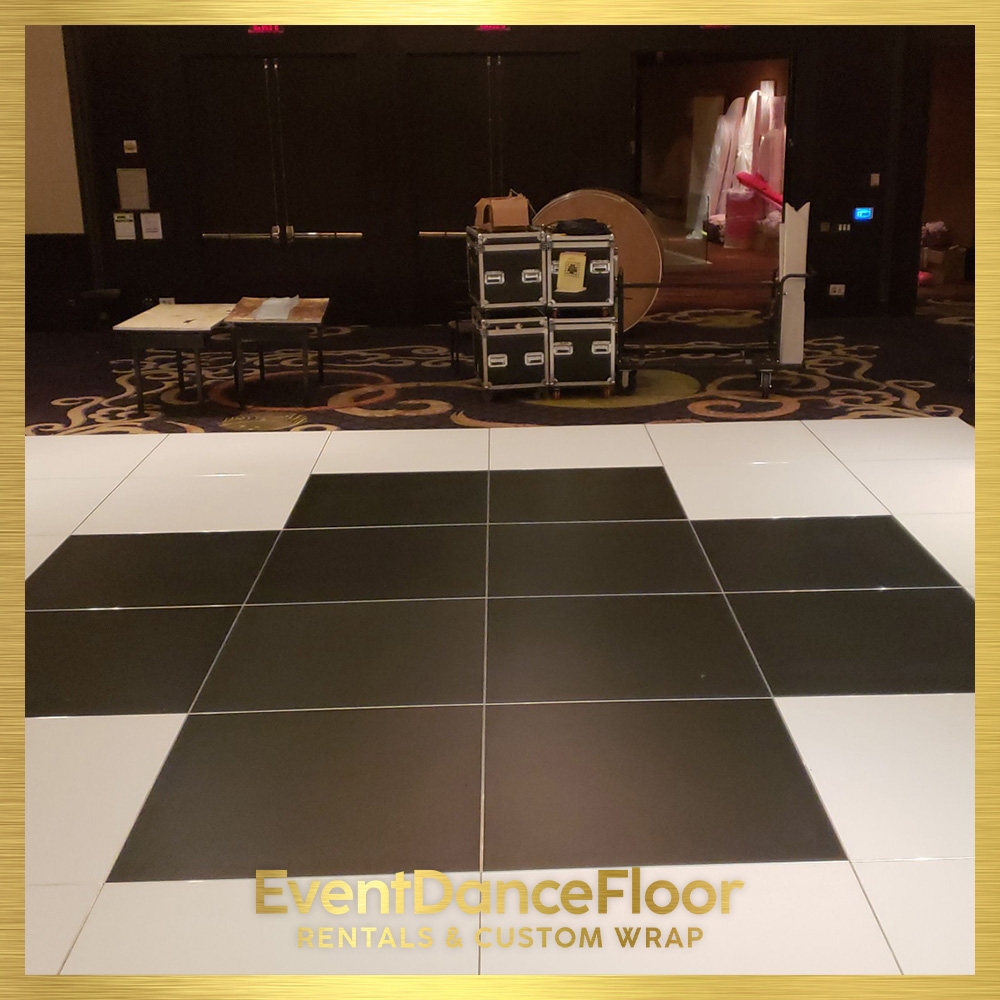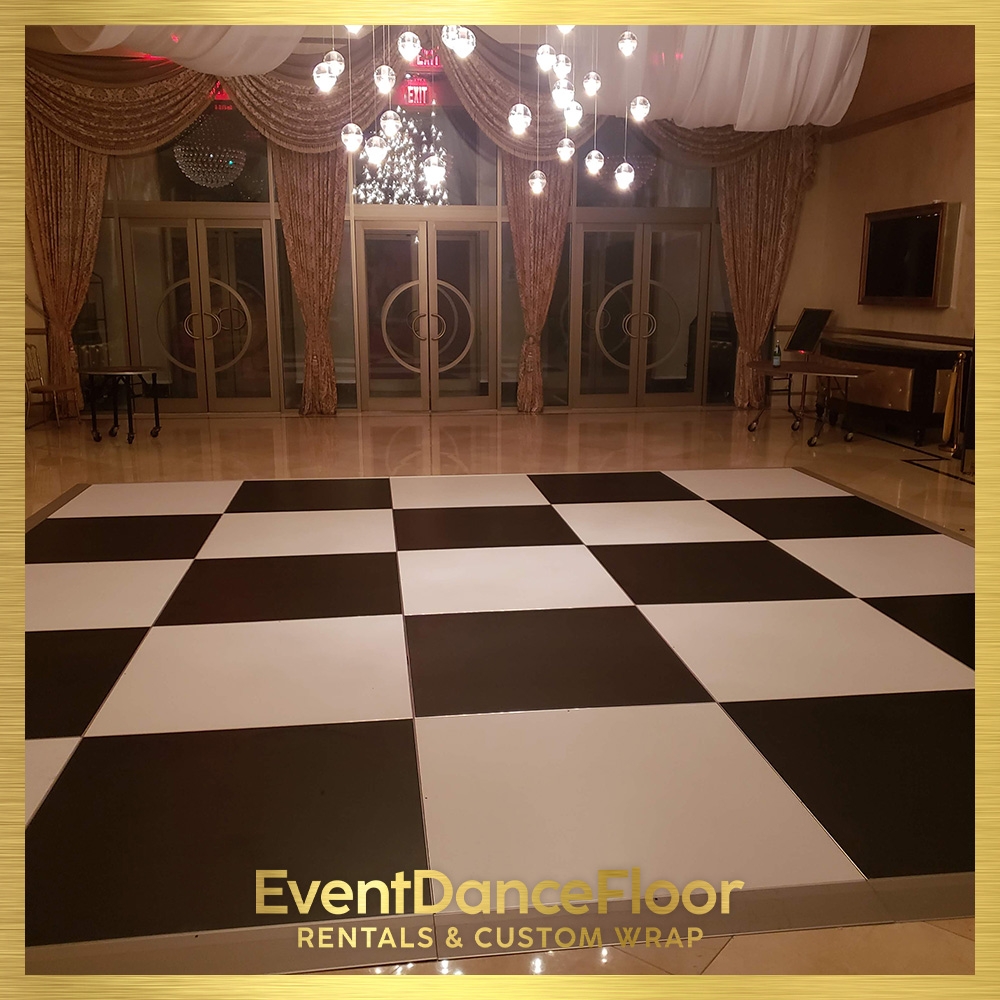Biomechanics Analysis Software for Dancers
How does the biomechanics analysis software for dancers measure joint angles during movement?
The biomechanics analysis software for dancers measures joint angles during movement by utilizing motion capture technology. This technology involves placing markers on specific points of the dancer's body, which are then tracked by cameras to create a 3D model. By tracking the movement of these markers, the software can accurately calculate and analyze the angles at various joints throughout the dancer's performance.
Dance Floor Technology and Innovation




